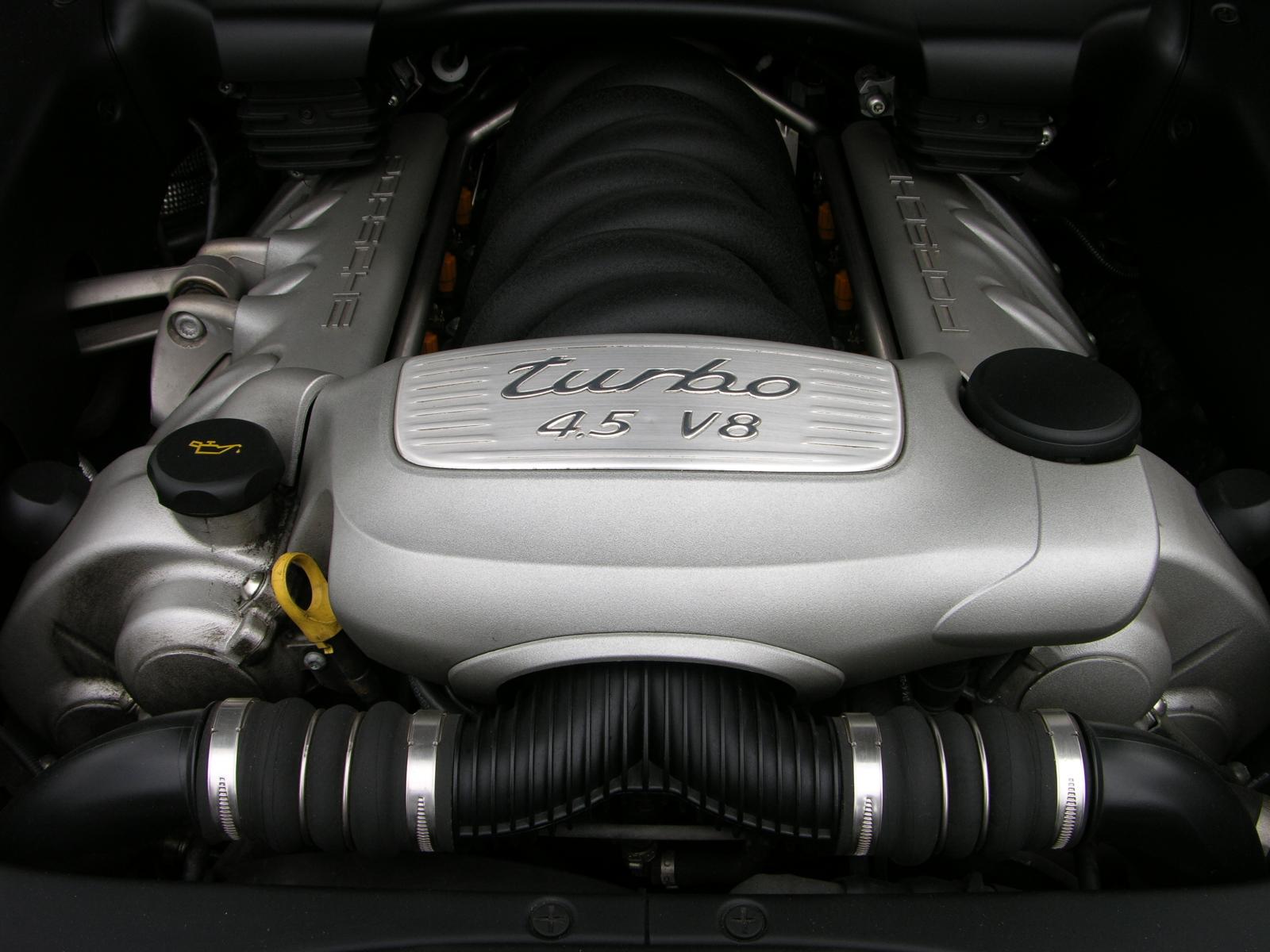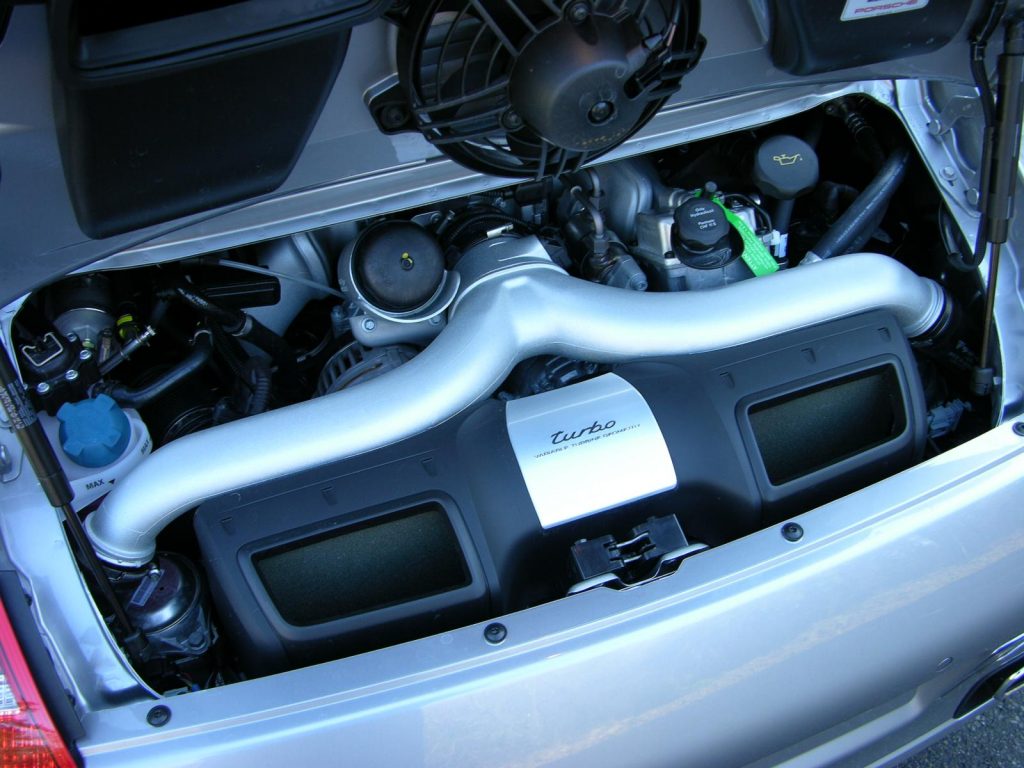This post is a continuation of Part 1 on Increasing the Pressure of a Turbo. Lately, we have gone through the role of a turbo pressure and turbocharger operation.
We will now cover:
– Step 1: Identify the mounting on your car
– Step 2: Set up a pressure gauge
– Step 3: Raise the maximum pressure on the road
– Step 4: Adjust the turbo pressure value
Step 1. Identify the type of installation on your car
Depending on the type of installation, it is possible to adjust the turbo pressure or not.
With a turbocharger with relief valve
In this configuration, the regulation is made by a valve that deflects the gases through a by-pass: it is an all-or-nothing action. Alternating openings and closings make the regulation of the channel.
Two versions exist.
– Case 1: the pressure in the inlet manifold pneumatically controls the valve.
◦ At maximum pressure, a counter-loaded spring is pressed, which opens the by-pass.
◦ Increasing the turbo pressure is possible.
– Case 2: A vacuum of air-activated actuates the valve by a solenoid valve.
◦ The vacuum source is the vacuum pump for diesel and the vacuum downstream of the throttle valve for gasoline.
◦ The engine management computer then controls the solenoid valve. The pressure value is given to the ECU by a boost pressure sensor.
◦ Increasing the turbo pressure is possible under certain conditions, depending on the ECU’s behaviour.
Good to know: sometimes, the ECU detects the pressure increase and can then adopt, after the diagnostic light comes on, a degraded engine operation.
With a variable geometry turbocharger (VGT)
This turbocharger controls intake pressure using vanes controlled in depression by a solenoid valve owned by the engine management computer.
Good to know: the advantage of this type of turbo is its progressiveness.
The pressure increase is possible on older generations, just like previous systems, as long as the ECU does not interfere.
The latest generations of vehicles prohibit the increase of turbo pressure (since the Euro V standards).
Good to know: the engine management system systematically controls the correct displacement of the control capsule using a copy sensor, which analyzes the position of the turbo control unit, preventing any modification. The only alternative is then engine reprogramming.
Therefore, it is essential to identify the existing installation on your car to know if it is possible to intervene on the turbo pressure.
Step 2. Set up a pressure gauge

It is essential to control the increase in pressure, and therefore to know the modified value.
– Use a pressure gauge graduated from 0 to 2.5 bar (for an accurate reading).
– Connect a flexible nylon hose (from 2 to 2.50 m long) to the inlet pressure.
◦ Direct control by intake pressure (first generation), using a tee, connects to the hose between the intake and the wastegate on the turbocharger.
◦ For vacuum control, the pressure value is taken from the intake manifold or the air hoses: use an existing fitting (pressure sensor or other) or pass a small diameter rigid tube under an air hose at its socket.
Important: make sure that the assembly is watertight.
– Direct the hose towards the passenger side of the cabin and pass it through the passenger window, which is slightly open.
Necessary: Do not crush the hose when closing the hood.
– Connect the pressure gauge to the hose.
Step 3. Read the maximum pressure on the road
– Have a second person on the passenger side of the vehicle help you with the reading.
Important: for your safety, never perform this operation alone.
– Carry out a test drive and record the maximum pressure delivered: it appears that the accelerator pedal is fully depressed.
Necessary: The EGR valve must not be in operation when taking the pressure reading.
– Check the car’s technical journal and compare the reading with the manufacturer’s value. The average values range from 650 to 1200 millibars (relative pressure).
– Remember:
◦ the atmospheric pressure is approximately 1000 millibars (1 bar);
◦ the relative pressure is the additional pressure produced by a system (the turbo, for example);
◦ absolute pressure is the addition of atmospheric pressure and relative pressure. Here, the absolute pressure values of turbo pressure thus vary from 1,650 to 2,200 millibars).
Step 4. Adjust the turbo pressure value
Meaningful: the turbocharger and exhaust gases reach very high temperatures (800 °C), there is an increased risk of burns. Allow the engine to cool down before servicing.
– With the vehicle stationary, access the wastegate control rod. This has a thread that is secured with a lock nut.
– Loosen the lock nut.
– Disconnect the rod from the turbo valve by removing the clip holding it in place.
– Screw (clockwise) to increase the pressure. At the same time, hold the rod on the vacuum capsule side to prevent rotation.
Important: Screw in a maximum of 1/2 turn. The pressure variation should be minimal (maximum 100 millibars).
– Replace the control rod and secure the lock nut.
– Carry out another test drive:
◦ the power must be usable;
◦ the acceleration must not cause black smoke.
– Correct the setting if necessary.
– Return the vehicle to its original configuration: remove the pressure gauge and hose.
Hope the above helps you out. Next time the mechanic talks about increasing the turbo pressure, you’ll know what he is talking about.


